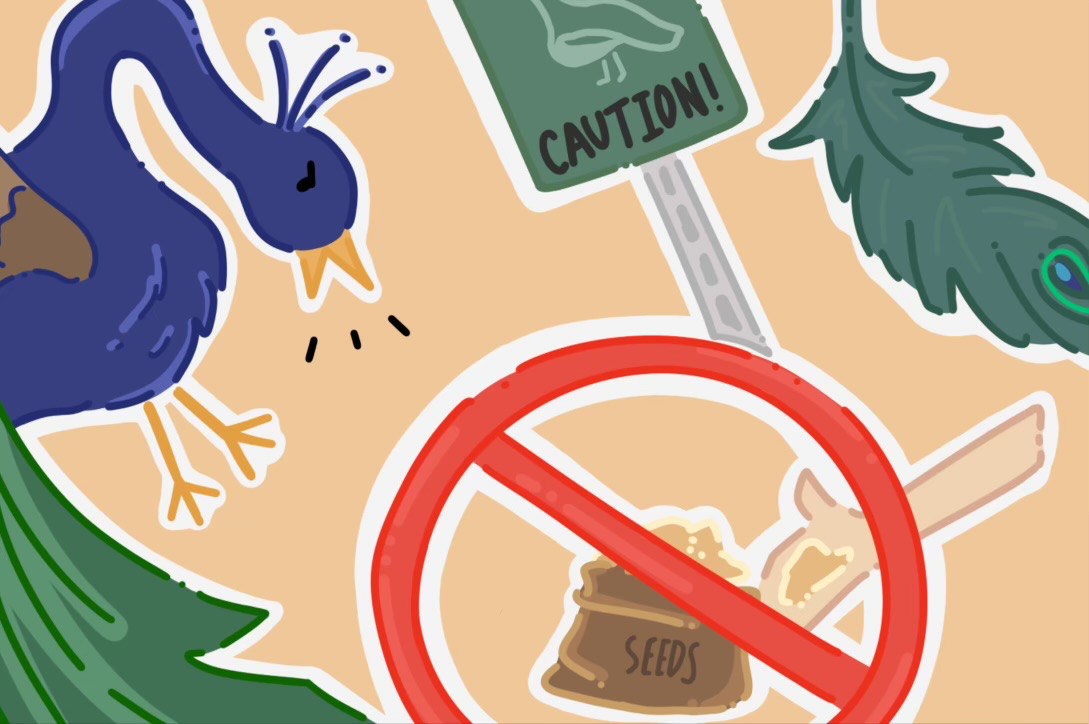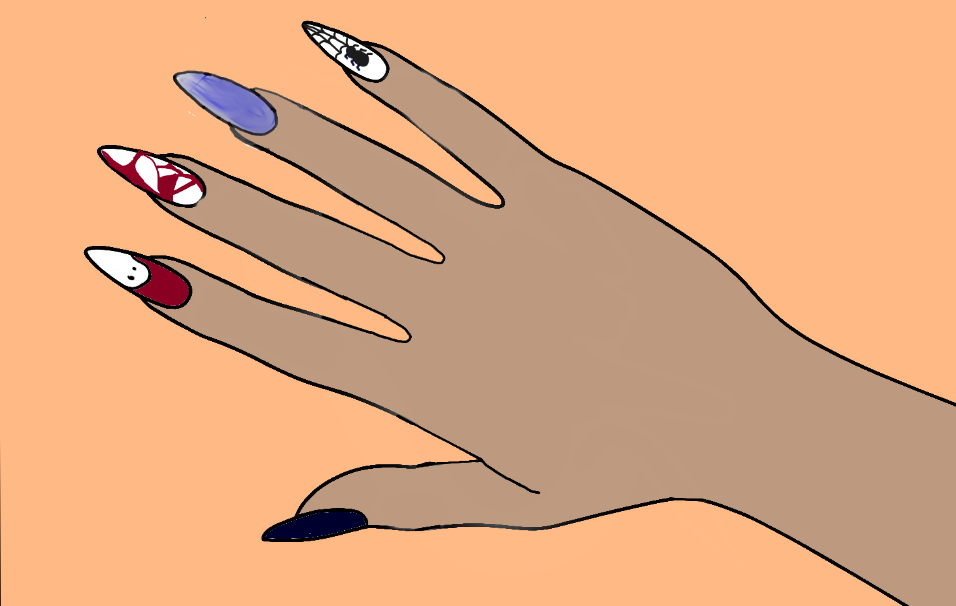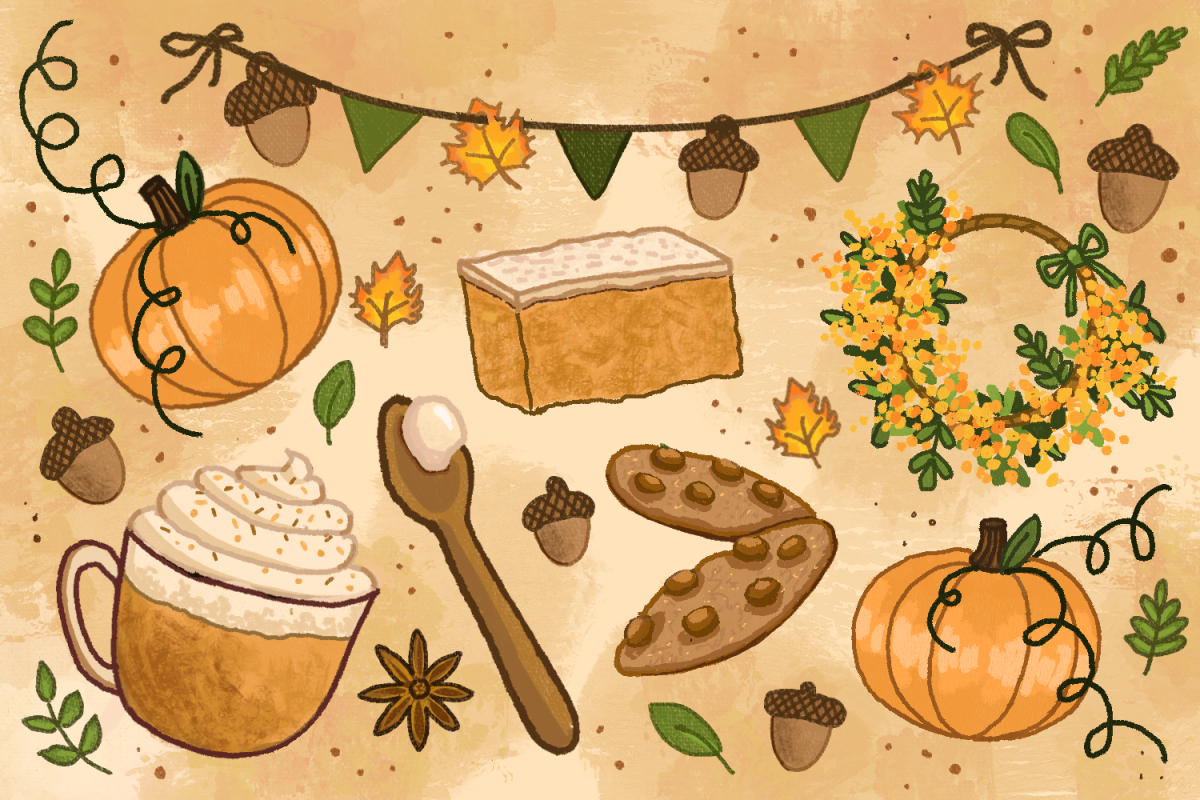As the most recognizable symbol of Arcadia, peafowl are sure to be seen everywhere around the city. Although beautiful, they deserve to be left alone to wander. Associating with these peafowl on the streets or in neighborhoods could potentially lead to negative consequences for both the civilian and the animal. So, what can we do to keep these creatures safe while still admiring them?
Protecting peafowl can seem like a hefty task for community members and high school students, especially with so many around the city, but there are simple steps one can take to achieve this goal. The first step is to recognize why providing safety for peafowl is so important. While they live in the city, peafowl are still wild animals and therefore should be treated like any other wild bird. Wildlife poses little threat to citizens in urban settings, as they are uncomfortable around humans and afraid of the unnatural surroundings. In addition, cities are home to both people and animals. Most wildlife in Arcadia have already adapted to the environment and are thriving; they are here to stay.
But how exactly do we protect animals in urban settings? The second step is to take action to avoid harming the peafowl and their ecosystem. One way to do this is to steer clear of feeding them. Giving these animals unauthorized food is a one way ticket that can often lead to big injuries and fatal diseases for the peafowl, as well as fines of up to $1,000. They are susceptible to infections, heart disease, and fatty liver disease if unauthorized items are being fed. Peafowl should not be given any type of dairy products, avocado and onion products, or even chicken layer pellets. If one is spotted in the wild, it is best to leave them alone. Remember, they are wild animals and can live and survive on their own!
“I think we can avoid harming peafowl if we simply don’t bother them or run them over,” said freshman Emma Wang. “Be careful when driving and don’t disturb them if they’re on your lawn.”
Next, is figuring out what to do if peafowls land on your property. If the peafowl is not a threat or causing harm to anybody, there is nothing to be done but to simply wait for it to leave. However, there are some useful tips to prevent peafowl from entering a household. Peafowl do not like water, which means that turning on a hose or a sprinkler could fend them off. They also enjoy nesting in thick trees that provide protection. Thinning out tree branches would stop them from roosting in branches. Gardeners should also keep in mind the plants that peafowl find unappealing (bee balms, azaleas, camellias, etc.) to reduce the chances of peafowl demolishing flowers.
Despite the measures being taken to ensure these animals’ safety, injuries are still common. If an injured peacock is spotted, immediately call the Pasadena Humane Society at (626) 792- 7151 and inform them about the location. Do not touch the peafowl and wait for the professionals to handle the situation.
Junior Juliette Fang said, “Right now, the biggest human-related risk to peafowl would probably be cars. Putting up road signs in areas that have a lot of peafowl could help warn drivers about their presence, which could mitigate this issue. I believe that if we continue what we’ve already been doing to keep peafowl safe, we will be able to keep on protecting them.”
Admiring the wondrous creatures can be hard to do out in the streets. Arcadia is home to the Los Angeles County Arboretum and Botanic Garden (LA Arboretum) where a wide variety of wildlife can be spotted. Visitors are able to view the breathtaking nature while learning about Arcadia’s rich history, including how these peafowl arrived and multiplied here. The LA Arboretum is the perfect place to observe the birds as they go through their daily routine.
Protecting peafowl is no easy task. Their unpredictable behavior as wild animals can often make it difficult to keep them under control. However, they are a beautiful addition to the City of Arcadia, and keeping them safe is of utmost importance. They contribute to the thriving nature and keep a balanced ecosystem that is healthy for everyone. Let’s build a harmonious relationship between citizens and nature by taking these steps.








